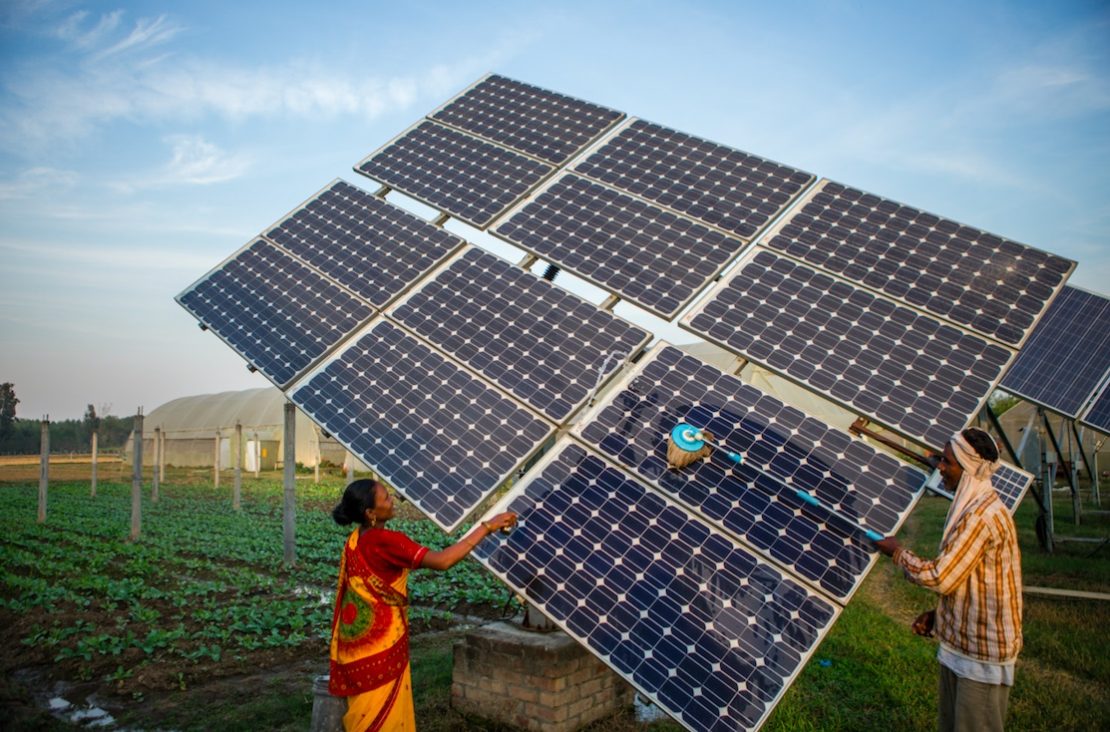Forty years since India gained independence, what has really changed for the farmers of today? Farmers incomes are still too low, India needs to at least double farmers’ income. During this crucial post-independence period, agriculture contributed 45% of the country’s GDP, employing the majority of Indian workers. After an impressive increase in agricultural production in the first two Five Year Plans, a period of stagnancy set in from the 1960s, preceding the ‘Green Revolution’.
As the economy opened up post-liberalization (1992), globalization promoted other sectors into generating more employment and economic growth. But, despite the reduction to 18 % in agriculture’s contribution to the GDP, agriculture and allied activities still employ the vast majority of the population. While leaving incomes stagnant.
India’s agrarian sector has undergone various reforms to: increase productivity to meet the demands of a rising population, make farming inclusive, reform land tenures, ensure more benefits to farmers, end exploitation, encourage better water management practices and so on. The National Commission for Farmers, established in 2004 made comprehensive recommendations covering land reforms, soil testing, augmenting water availability, agriculture productivity, credit and insurance, food security and farmers competitiveness.
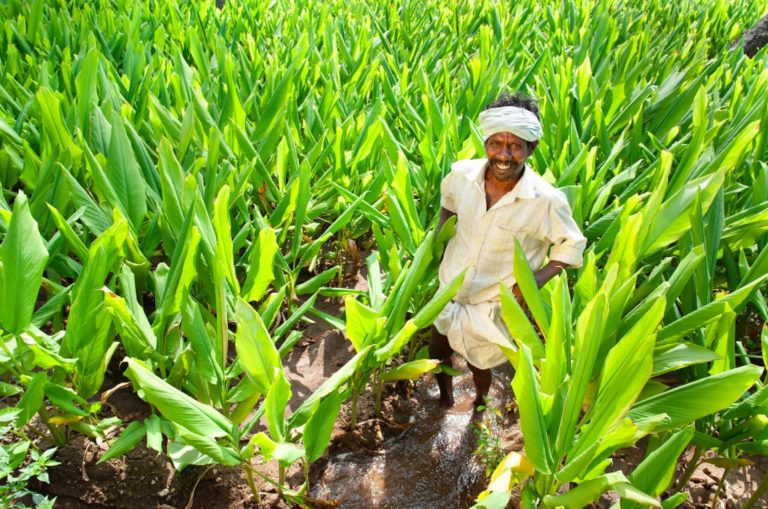
But through all these broad sectoral strategies and policy initiatives, we need to ask, have farmers actually substantially increased their incomes? The answer to this is no. The now constituted Doubling Farmers’ Income (DFI) Committee wants to do more. It places farmers’ income at the core of India’s mandate.
So what will it really take to double farmers’ incomes in the country?
Science, technology and new knowledge can play crucial roles in supporting livelihoods for the vulnerable. Identifying the right kind of tech support is crucial to development progress, even more so in the context of agriculture.
Augmenting water availability and efficiency, agriculture productivity, risk mitigation strategies and innovations on new models may be the ways to step up progress further.
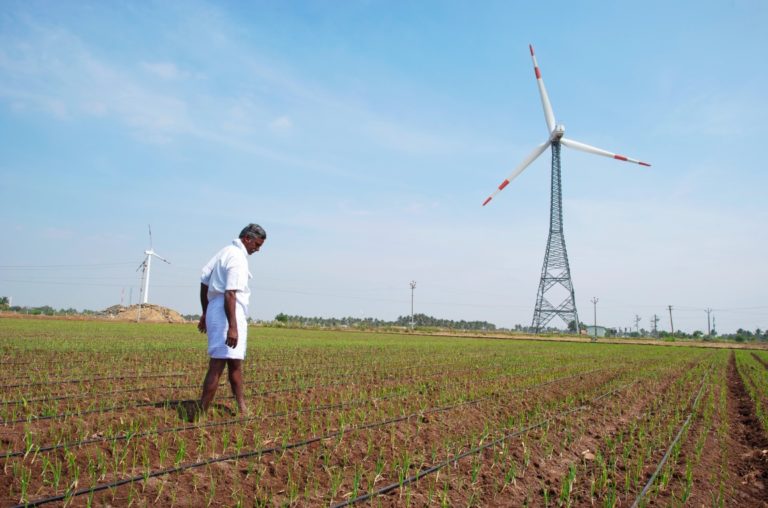
Meanwhile rising climate risks are making farmer livelihoods more precarious. Climate has always played havoc with the lives of farmers, and it has increasingly become more unpredictable. The country faces increasingly extreme weather conditions such as severe droughts and floods. This is hampering farmer’s production capacity, and impacting their livelihoods.
Can science and innovation help here too? All while increasing farmers’ incomes?
A vivid example of technology disrupting and improving old methods is found in the crop insurance sector. To ensure they can endure extreme weather events, hundreds of Indian farmers have been provided insurance services through an index-based flood insurance (IBFI) system initiated by the International Water Management (IWMI, through WLE and CCAFS research programs).
This tool combines satellite images with hydrological modelling to predetermine flood thresholds, which has led to quicker compensation payouts to farmers in times of crop failure. This is especially helpful to low-income, flood-prone communities in the struggle against climate impacts.
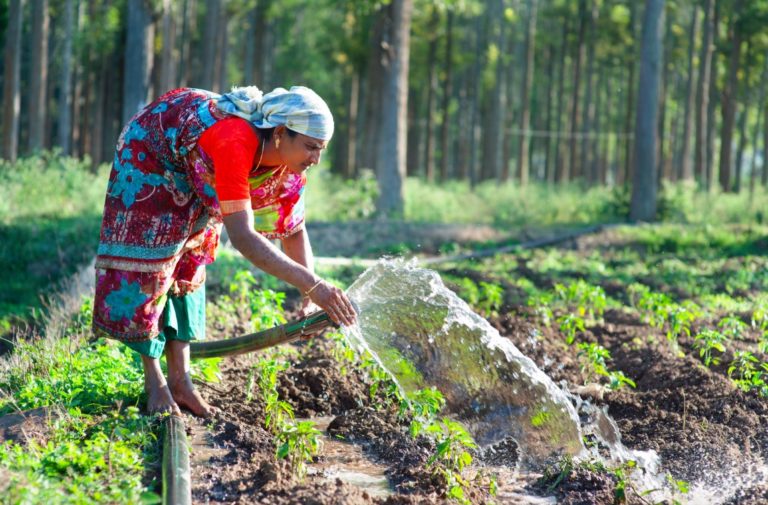
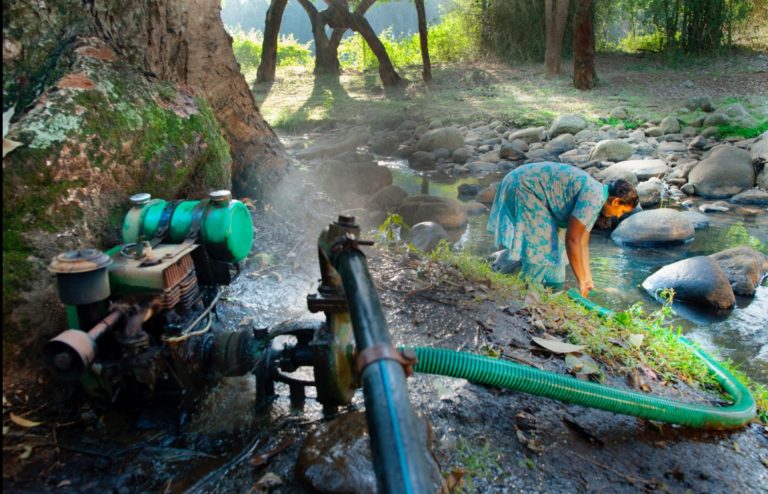
This innovation was built on data generated from satellites, which mapped out vulnerable states within the country – places most likely to be impacted by floods or droughts. In making information available to farmers at the right time, farmers can plan better cropping cycles and prepare for too much or too little water, or even to plan for other income sources during risky periods. At the same time, this data is also used by the insurance companies to plan crop insurance packages for farmers, making payouts faster and fairer.
In 2018, IWMI and partners rolled out the two-year IBFI pilot in six villages in Muzaffarpur district, Bihar, covering 408 farms. Of those, 170 farmers faced climate shocks and received pay-outs up to Rs 20,000 per hectare of insured paddy crop. IBFI is set to roll out more widely across India, as it proves itself as a protection against weather crises that push farmers back into a poverty trap.
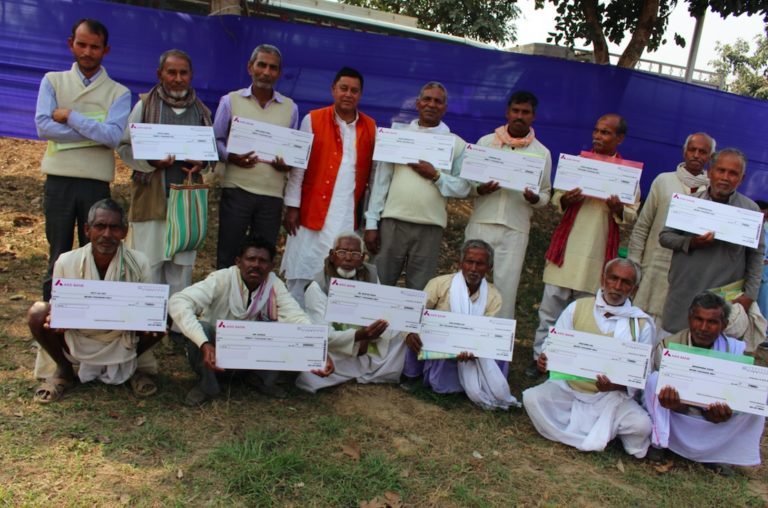
Another promising tech fix has been solar powered irrigation. Many see it as a panacea to India’s water access and availability problems, offering farmers cheaper, more accessible technology that cuts carbon emissions.
Solar powered pumps are now deployed to bring groundwater to millions of farmer fields. And to ensure farmers don’t deplete groundwater resources through over-pumping, the IWMI-Tata Programme supports farmer cooperatives, allowing users to pool their surplus solar-generated electricity and sell it back to the grid.
What was once just an irrigation solution has become a way to harvest the sun as a ‘cash crop,’ giving communities another source of income, and generating clean power.
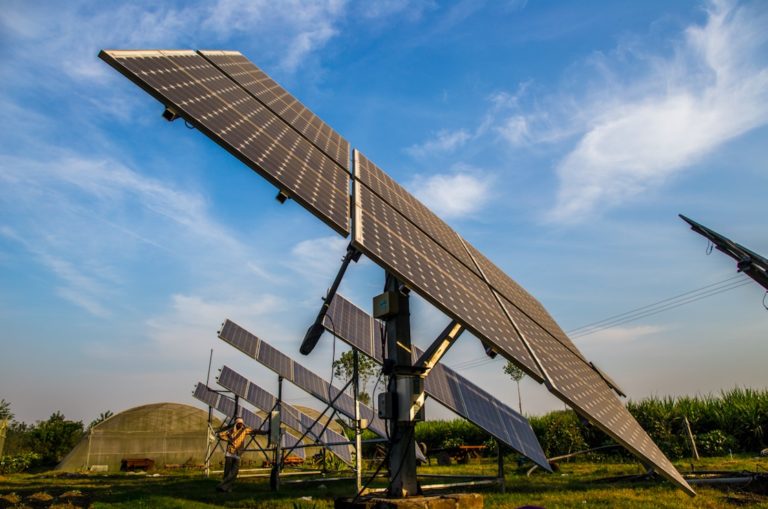
These cases provide classic examples of how science, innovation and technology can help support farmers to secure and grow income levels, while helping them navigate worsening climate related risks. Of course, the right investments in technology only work when paired with infrastructure development, enabling policies, and the best protections for communities and the environment. But if India can come together on these key challenges, knowledge and tech have a chance to lead India to the future.
It’s time to double down on smart technology, so we can finally double the incomes of farmers – and be doubly ready for climate challenges.
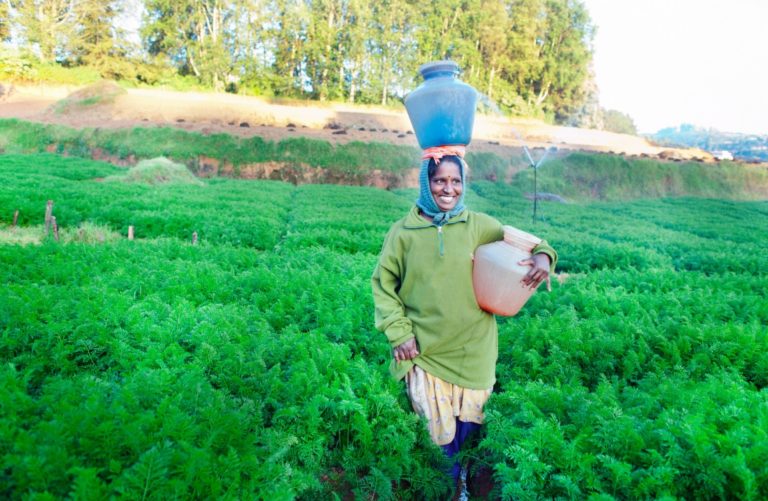
Below more photos are included of IWMI’s work towards better Agroecsystems and water management through technology.


